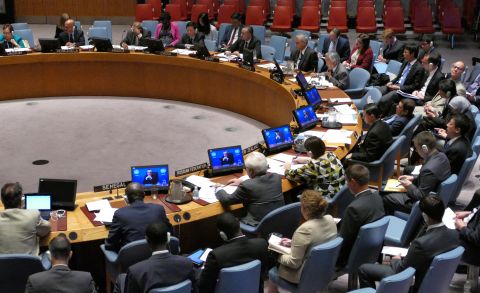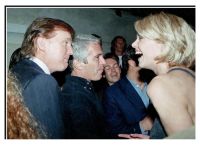ALBAWABA - After an absence lasting over 52 days, Abu Ubaida reemerged on the 100th day of the Al-Aqsa Deluge battle with a recorded video message. In the video, he recounted the achievements of the Qassam Brigades and other Palestinian resistance factions. Abu Ubaida emphasized the reason for the outbreak of the Al-Aqsa Deluge war, rooted in Jewish Zionist religious beliefs, the realization of which could lead to the destruction of the Al-Aqsa Mosque.
Abu Ubaida, in his recorded address, revisited the inception of the conflict, highlighting the religious beliefs that sparked the war. Central to these beliefs is a particular Jewish Zionist notion, involving the burning of five red heifers. What is the narrative behind the five cows, and what prompted a conflict aimed at thwarting this religious conviction?
Arrival of Red Heifers Fuels Controversy Over Al-Aqsa
The recent buzz revolves around the arrival of five red heifers from Texas to Israel ten months ago, strategically placed in a secret farm near Beit She'an. The heifers, following a specific set of criteria outlined in ancient texts, are expected to play a crucial role in rituals for the purification of the Jewish people. This process involves sacrificing one of the heifers, utilizing its ashes in a unique cleansing ceremony, allowing unrestricted access for Jews worldwide to enter the Al-Aqsa Mosque.
The legend surrounding the Red Heifer, rooted in Mishnah texts, describes specific attributes such as its color, work history, and upbringing. The unique conditions for its birth and the subsequent rituals contribute to its sacred significance. The legend asserts that a red heifer meeting these criteria has not been born in two thousand years, making the current presence of five such heifers a highly exceptional and symbolic event.
The implications of these developments extend beyond religious beliefs, delving into the political realm. The Israeli government, despite its professed secular stance, has exhibited a noteworthy eagerness to facilitate the entry and utilization of these red heifers, marking an extraordinary departure from standard procedures. This commitment, evident in both right-wing and left-wing governments, underscores the influence of religious considerations on state policies.
The celebration surrounding the red heifers takes on added significance, as it is seen as a divine signal by religious groups heralding the construction of the third temple and the arrival of the awaited messiah. The fervor associated with these events not only challenges the status quo but also brings to light the intricate interplay between religious narratives and governmental decisions in the context of the Israeli occupation.
This latest development not only reignites discussions about religious influence in the political landscape but also raises questions about the extent to which ancient legends can impact contemporary governance. The juxtaposition of religious fervor with ostensibly secular government actions reveals a complex dynamic that transcends traditional political boundaries.
As Israel enters a new phase marked by these controversial events, the delicate balance between religious beliefs, political decisions, and societal implications comes to the forefront. The arrival of the red heifers serves as a potent symbol, triggering debates about the convergence of ancient prophecies with modern governance and its potential ramifications on the fragile status quo in the region.










![Poster of Layl series, which is taken from "Safirin Kizi" [The Ambassador's Daughter] Layl, Safirin Kizi](/sites/default/files/styles/d02_traditional/public/2025-12/6751946_1766213184.jpg?h=d18f17b4&itok=-D5UPNfC)